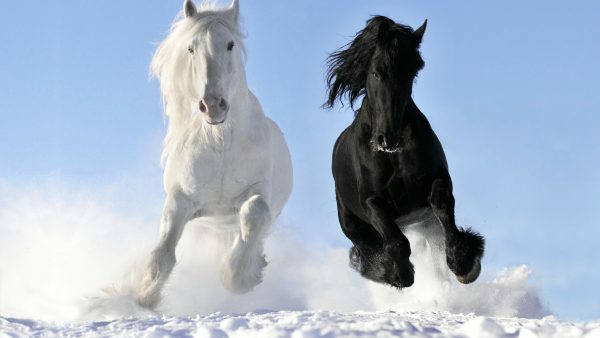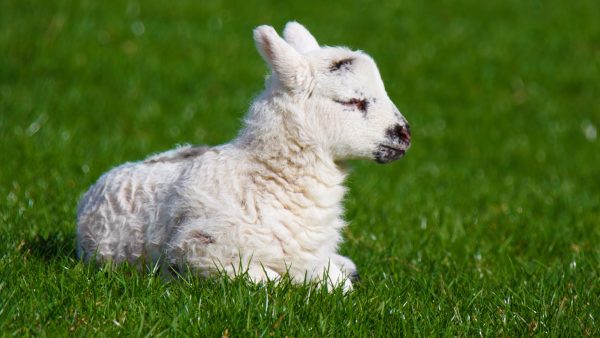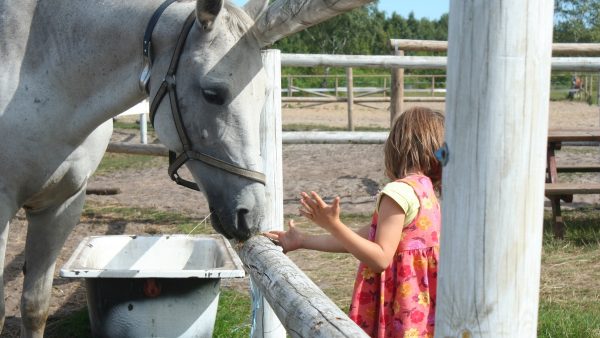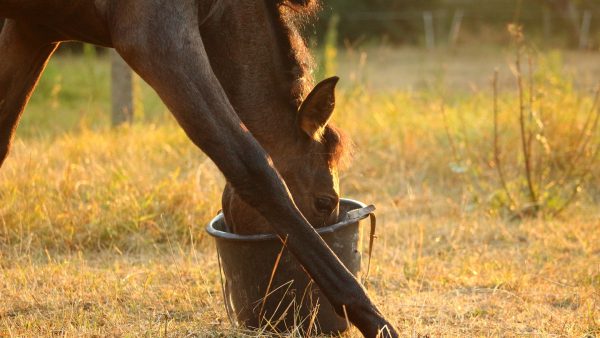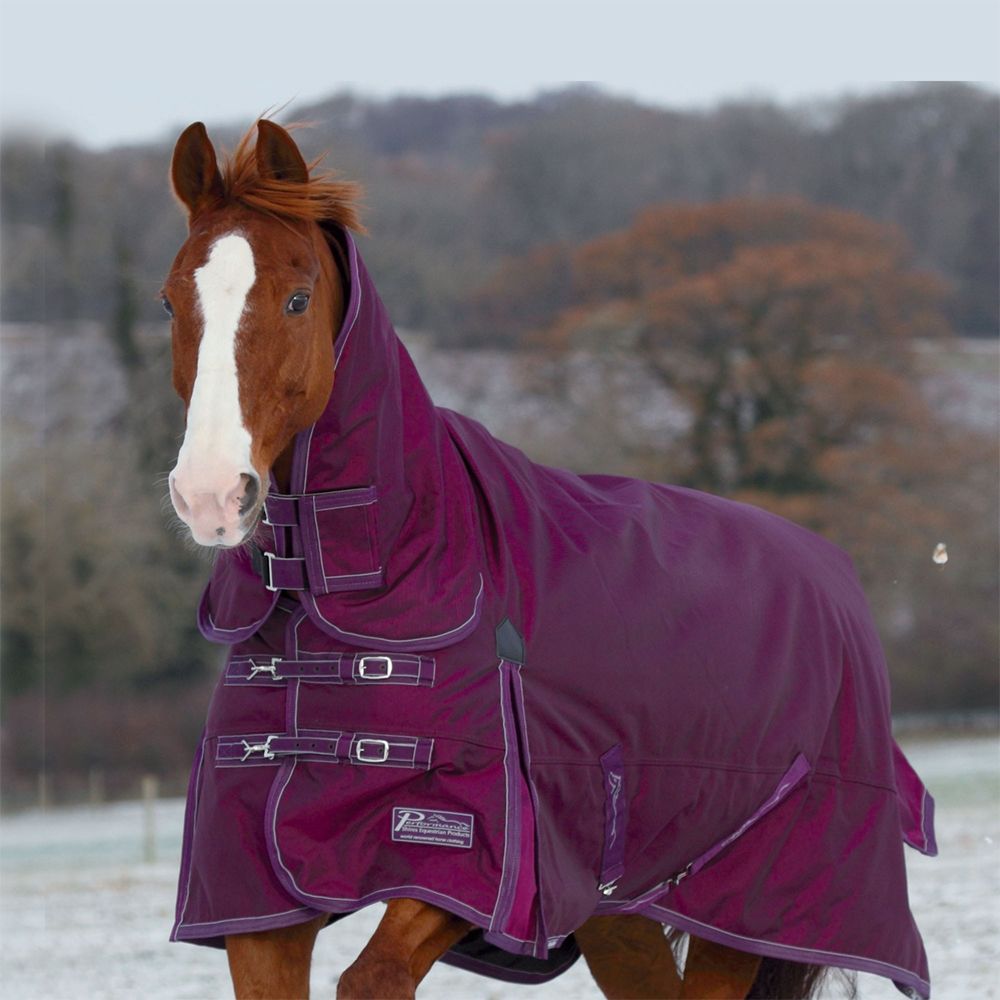
Rugging up your horse over Winter.
Every year when the colder months descend on us, horse owners everywhere reach the familiar debate of 'which rug do I put on my horse'. There are many factors to consider when deciding this; what is the current temperature and weather conditions? Is my horse clipped in any way? Does my horse live in or out? What stage of life and age is my horse? There are many other minor factors to take in to account also, from recovery from ill-health to appropriate rugging post-exercise.
The first point to consider is looking at the current temperature; according to studies by Dr. David Marlin, horses do not feel temperatures in the same way as a human due to their fur coats and size meaning they do not lose heat as rapidly as humans do. Horses are a lot hardier than us, also meaning they can adapt to different weathers and climates much easier than us; when we clip our horses this of course takes away some of that hardiness, which is why rug thickness must be built up gradually and appropriately. Horse owners clip according the workload to ensure horse comfort and hygiene, and so if lower air temperatures were to be experienced horses are more likely to use more fuel to heat themselves up and prevent losing body heat at a more rapid rate.
When minus temperatures hit, horses will begin to lose heat more rapidly as mentioned above, and this is where the correct rugs will help; horses lose heat in many ways including contact with cold surfaces or objects, through their skin or even by sweating. A good quality medium weight turnout is a common starting point for many with clipped horses in minus temperatures, and for those with a natural thick coated horse whom perhaps spends most of their time out, a light weight rug on colder weather days or during night time, especially with older horses where shivering to create body height also contributes to burning off fuel.
Risks of over rugging a horse include discomfort and risks of rug rub, rugs preventing sunlight reaching the horse's skin risking a lack in Vitamin D intake, and also excessive sweating leaving the horse's skin open to further damage or even infection. Some of these risk factors could contribute to high levels of stress through excessive attempts to self-cool, leading to ill-health, great discomfort and even colic. It is always advised if you are unsure what weight of rug you should be putting on your horse, to ask for help; we are more than happy to answer any questions you may have regarding rugging in store at Sandwich Animal Feeds, so don't hesitate to pop in to discuss what would suit your horse best.

